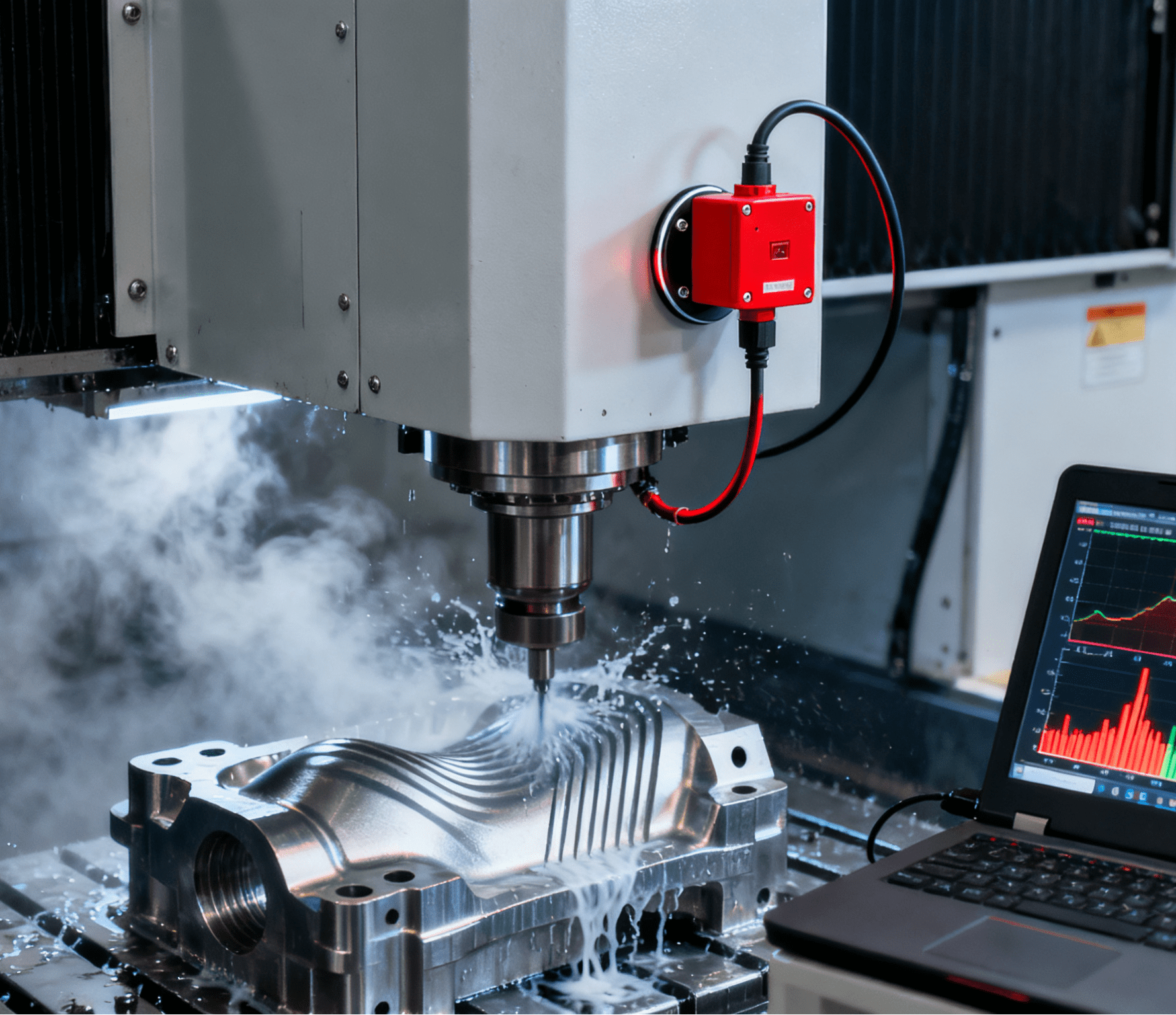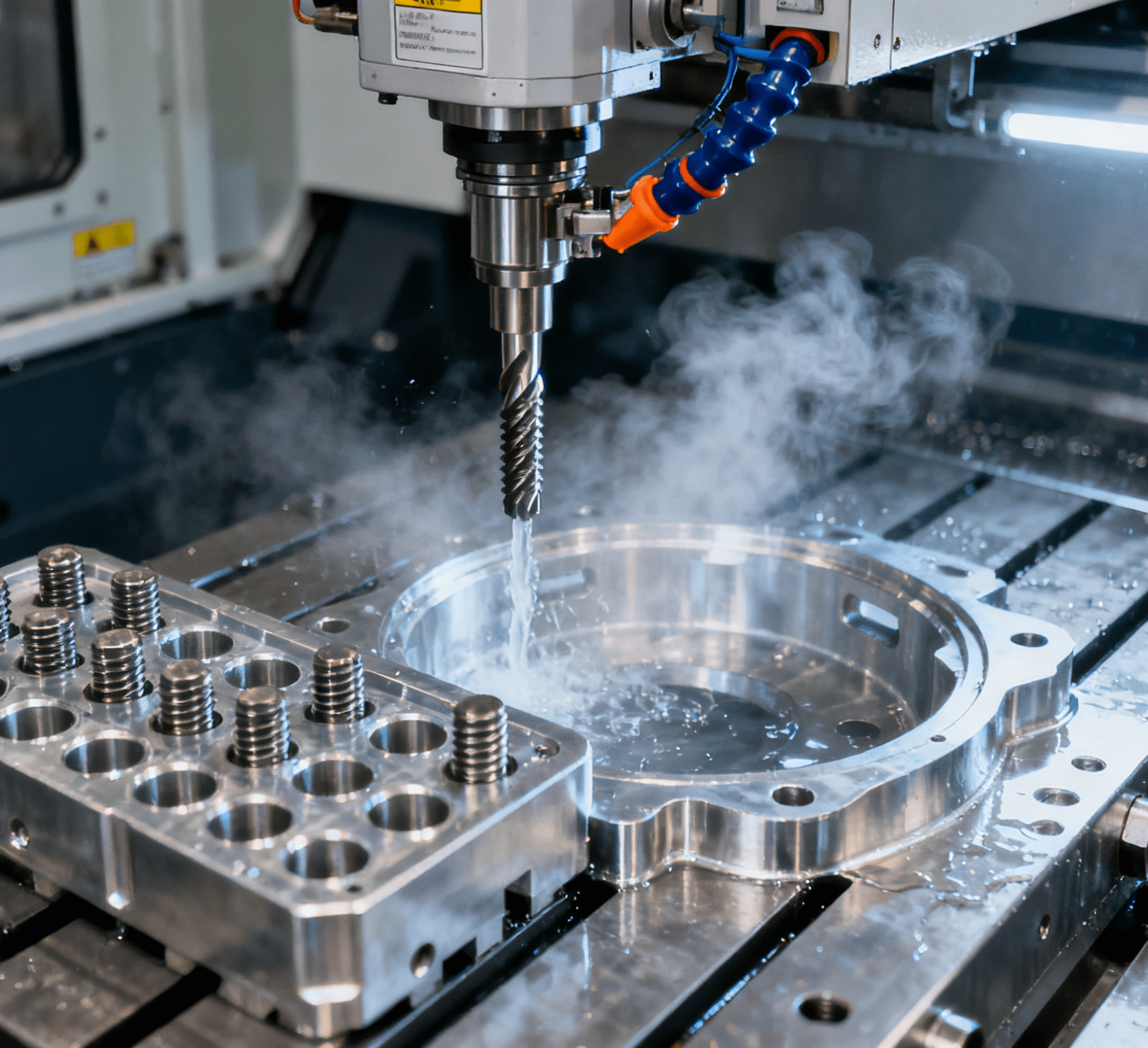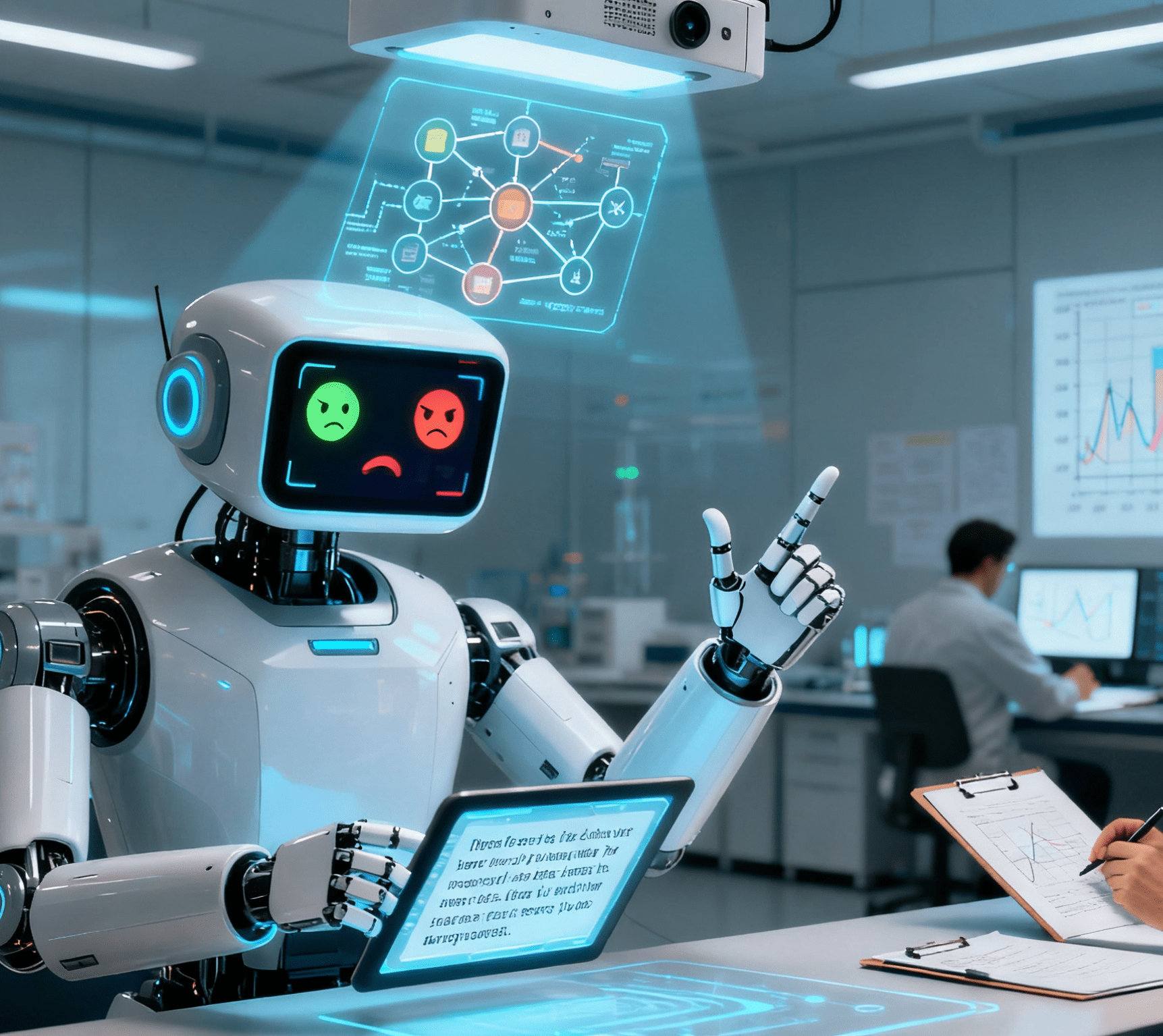Table of Contents
ToggleLevels of intelligence: Navigating the future of AI, from robotic arms to autonomous cars

In the bustling factories of the automotive industry, robotic arms move with precise choreography, and self-driving test vehicles navigate city streets, showcasing the remarkable progress of automotive automation. Artificial intelligence (AI), once a far – off dream, has firmly embedded itself in our daily existence, powering everything from the smartphones that connect us to the world to the complex systems that drive industries forward. In the automotive sector, AI – driven automated equipment has revolutionized production lines, making manufacturing faster, more efficient, and more accurate. As AI capabilities expand and grow more sophisticated across various fields, including but not limited to the automotive domain, so does the pressing need to understand and categorize these evolving forms of intelligence.
The concept of “levels of AI” emerges as a crucial framework. It allows us to discuss the capabilities of AI systems, manage our expectations regarding their performance, address safety concerns, especially in safety – critical areas like automotive automation, and potentially guide regulation. While a single, universally adopted system for classifying all AI remains elusive, looking at existing frameworks and engaging in conceptual exploration can illuminate the path forward. The automotive industry, with its significant investment in automated equipment and AI – based driving systems, provides a rich source of inspiration and practical examples for this exploration.
A real-world blueprint: The SAE Levels of driving automation
One of the most successful and widely adopted examples of a tiered AI capability framework comes from the automotive industry. SAE International, a global engineering standards organization, developed the J3016 standard, which defines six levels of driving automation. This classification has become the common language for engineers, regulators, and consumers alike, not only in the automotive field but also serving as a reference for other industries venturing into AI – powered automation.
At Level 0, there is no driving automation. The human driver shoulders the responsibility for all aspects of driving. Although the vehicle might be equipped with safety warnings or momentary intervention systems, like automatic emergency braking, these features do not take over the driving task. This level is analogous to the early days of automotive manufacturing when machines were simple and required constant human supervision, much like the initial stages of using basic automated equipment in factories.
Level 1, Driver Assistance, provides sustained assistance with either steering or acceleration/deceleration, but not both simultaneously. The driver must remain vigilant, handling all other aspects of driving and constantly supervising the system. Adaptive cruise control and lane – keeping assist are typical examples. In the context of the automotive industry’s broader use of automated equipment, this is similar to the introduction of single – function automated tools that support human workers but do not fully automate a process.
Level 2, Partial Driving Automation, allows the system to control both steering and acceleration/deceleration simultaneously under certain conditions. However, the human driver must stay engaged, monitor the environment, and be prepared to take full control at any moment. Advanced driver – assistance systems (ADAS) like Tesla’s Autopilot or GM’s Super Cruise fall into this category. This level represents a significant step in automotive automation, much like the integration of more complex automated equipment in factories that can perform multiple tasks but still require human oversight.
Level 3, Conditional Driving Automation, enables the automated driving system to perform all driving tasks within a specific Operational Design Domain, such as on a highway in clear weather. The driver can disengage from driving but must be ready to take back control when the system requests. This is a major milestone as the car effectively “drives itself” under limited conditions, similar to the development of automated equipment in industrial settings that can operate independently within defined parameters.
Level 4, High Driving Automation, means the system can perform all driving tasks and handle any fallback situations, such as system failure or leaving its ODD, without human intervention, but only within its specific ODD. Robotaxi services operating in geofenced urban areas are examples of this level. It showcases a high degree of autonomy in automotive automation, paralleling the increasing sophistication of automated equipment in industries that can handle complex tasks with minimal human involvement.
Finally, Level 5, Full Driving Automation, is the ultimate stage where the automated driving system can perform all driving tasks under all conditions that a human driver could manage. No human intervention is ever required. While such systems are currently theoretical for widespread use, they represent the future of automotive automation and a goal that drives innovation not only in the automotive industry but also inspires advancements in the development of automated equipment across various sectors.
The SAE levels have proven invaluable for providing clarity, guiding development, and informing regulatory discussions in the complex field of autonomous vehicles. They help differentiate systems and set clear expectations for driver responsibility, and their success has led to the exploration of similar classification systems for AI in other areas.
Towards a universal ‘Levels of AI’ standard?
The success of the SAE model begs the question: could a similar, overarching “Levels of AI” framework be developed for all intelligent machines, including robots, software AI, and other autonomous systems? Such a standard could offer significant benefits. Imagine product labels clearly indicating an AI’s capabilities and limitations, much like energy efficiency ratings. This could enhance consumer understanding, provide a common language for industry benchmarking, and establish thresholds for safety testing and regulatory oversight, especially as more industries start to incorporate AI – powered automated equipment similar to how the automotive industry has done.
Potential bodies to develop such standards could include international organizations like ISO (International Organization for Standardization), which is already working on AI standards, or collaborations between industry consortia, academic institutions, and governments. However, creating a universal AI leveling system presents formidable challenges. “Intelligence” itself is a multifaceted concept, difficult to define and measure linearly across diverse AI applications – from a chess – playing program to a medical diagnostic tool or a factory robot. Furthermore, AI is evolving so rapidly that any static set of levels might quickly become outdated or overly simplistic. Who would define these levels, and how would machines be certified? These are complex questions that require careful consideration.
Exploring a conceptual 10-level AI framework
To delve deeper into what such categorization might look like, let’s consider a conceptual 10 – level framework, like the ones in YouTube videos about the stages of AI. This list isn’t a formal standard but serves as a useful tool for discussion, encompassing basic automation through to highly speculative forms of AI.
At the most basic level, Rule – Based Systems operate on predefined “if – then” rules set by humans. Examples can be found in traditional industrial robotic arms on assembly lines in the automotive and other manufacturing industries, simple automated guided vehicles (AGVs) following floor markings, and basic automated inventory checks. These systems are the building blocks, much like the early, simple automated equipment that laid the foundation for more advanced automation.
Context – Based Systems (Context – Aware AI) can perceive and adapt to their operational environment or context. Modern collaborative robots (cobots) slowing down near humans, autonomous mobile robots (AMRs) navigating dynamic warehouses, and smart thermostats adjusting to occupancy are examples. In the automotive industry, this could be seen in systems that adjust vehicle settings based on the driving environment.
Narrow Domain AI (Artificial Narrow Intelligence – ANI) is specialized for specific tasks. All currently existing AI falls into this category. Autonomous vehicles, voice assistants, AI – powered medical image analysis, and recommendation algorithms on streaming services are examples. In the automotive sector, this includes the various AI – driven features in modern cars that perform specific functions related to driving, safety, and entertainment.
Reasoning AI is capable of logical inference, problem – solving, or decision – making beyond simple rule – following or pattern recognition. Autonomous vehicles making complex navigation choices, AMRs planning optimal routes, AI in logistics optimizing supply chains, and advanced medical diagnostic AI suggesting potential conditions based on symptoms and data are examples. This level represents a more advanced use of AI, similar to the increasingly intelligent automated equipment in industries that can make more complex decisions.
The higher levels, from Self – Aware Systems to Godlike AI, are more speculative. Self – Aware Systems hypothetically possess consciousness, a sense of self, and understanding of their own internal states. Artificial General Intelligence (AGI) would have human – level cognitive abilities across a wide range of tasks. Artificial Superintelligence (ASI) would significantly surpass human intelligence. Transcendent AI and Cosmic AI are even more far – reaching concepts, with capabilities beyond human comprehension and extending to cosmic or universal scales respectively. While these levels are currently more in the realm of science fiction, they inspire research and exploration in the field of AI.
This 10 – level exploration highlights the vast spectrum from today’s practical AI to the far reaches of imagination, underscoring why a nuanced approach to classification is vital.
Measuring intelligence
Currently, there is no internationally recognized unit of measure for intelligence. Unlike physical quantities such as length or mass – measured in meters or kilograms – intelligence is assessed using relative scales. The International System of Units (SI) has no unit for intelligence, artificial or natural. For humans, the most familiar measure is the Intelligence Quotient (IQ), a standardized score that compares an individual’s cognitive performance to a population average.
The question then arises: how would we numerically measure the intelligence of an AI system? Is it possible to quantify an AI’s cognitive power in a consistent way – across systems, tasks, and contexts? One approach is categorical rather than numerical, much like the SAE levels of automation. Instead of trying to define a single “intelligence score”, systems could be placed into well – defined levels or classes, based on capabilities such as learning flexibility, contextual reasoning, problem – solving range, or autonomy in novel environments. Other possible classification methods could draw on a system’s technical specifications or functional tests. But these may only capture fragments of what we mean by “intelligence.” In the absence of a universal metric, structured categorization may be the most practical way forward – offering clarity without oversimplification.
The case for categorization
Why dedicate effort to categorizing AI, potentially through consumer labeling or formal standards? The primary driver is often safety. Clear labels on AI – powered machines or software could inform users of their capabilities and, crucially, their limitations – particularly important for systems that interact with the physical world or make critical decisions, as seen in the safety – conscious automotive industry with its focus on driver – assistance and autonomous driving systems.
Beyond safety, transparency and trust are key. Understanding the nature of an AI can help manage expectations, preventing both over – hyping and underestimation of its abilities. This can foster more informed adoption and interaction. Clear definitions could also aid in establishing accountability when AI systems cause unintended harm. For developers, such categories might even promote more ethical consideration of the implications tied to the “level” of AI being created.
However, as discussed, the challenges are significant. Defining “intelligence” levels objectively across such a diverse technological landscape is a monumental task. The rapid evolution of AI means any classification system would need to be adaptable. There’s also the risk of oversimplification, where a label might not capture the nuances of a particular AI’s strengths and weaknesses. Global consensus on such standards would be another hurdle.
The discussion around AI categorization inevitably leads to governance. A standardized framework for “levels of AI” could become a tool for governments and regulatory bodies. It might be used to establish different requirements for testing, deployment, and oversight based on an AI’s assessed capability or potential impact. For instance, higher “levels” of AI, especially those with significant autonomy or decision – making power in critical sectors, might be subject to more stringent regulations. This raises profound questions about control: is it desirable or even feasible for governments to directly manage how much “intelligence” is embodied in machines and what types of machines are permissible? While the aim would be to balance innovation with public safety, ethical considerations, and societal well – being, such control could also risk stifling beneficial AI research or leading to geopolitical disparities in AI development.
Conclusion
The automotive industry, with its relentless pursuit of automotive automation and integration of advanced automated equipment, has shown us the power of categorizing AI capabilities. The SAE Levels of driving automation have not only guided the development of autonomous vehicles but also inspired the quest for a more universal understanding of AI intelligence levels. As we continue on the journey to understand and categorize AI, we must draw lessons from the automotive industry’s successes and challenges.
The road ahead is filled with both opportunities and obstacles. The need to balance innovation with safety, transparency, and ethical considerations remains paramount. The automotive industry’s experience reminds us that collaboration between industry, academia, and government is essential in developing effective classification frameworks. By leveraging the insights gained from the automotive sector and other industries at the forefront of AI adoption, we can hope to create a system that not only helps us navigate the complex landscape of AI but also harnesses its immense potential to transform our world for the better, while safeguarding our future in an increasingly automated and intelligent society.




















